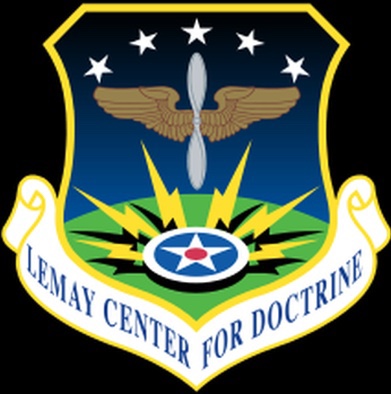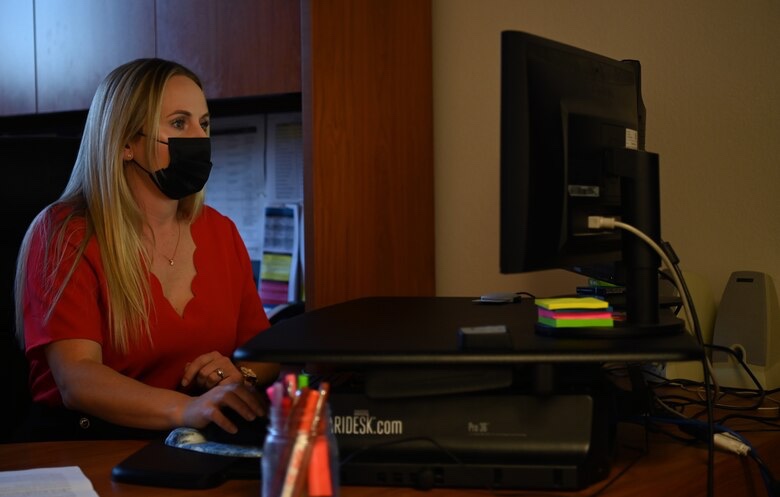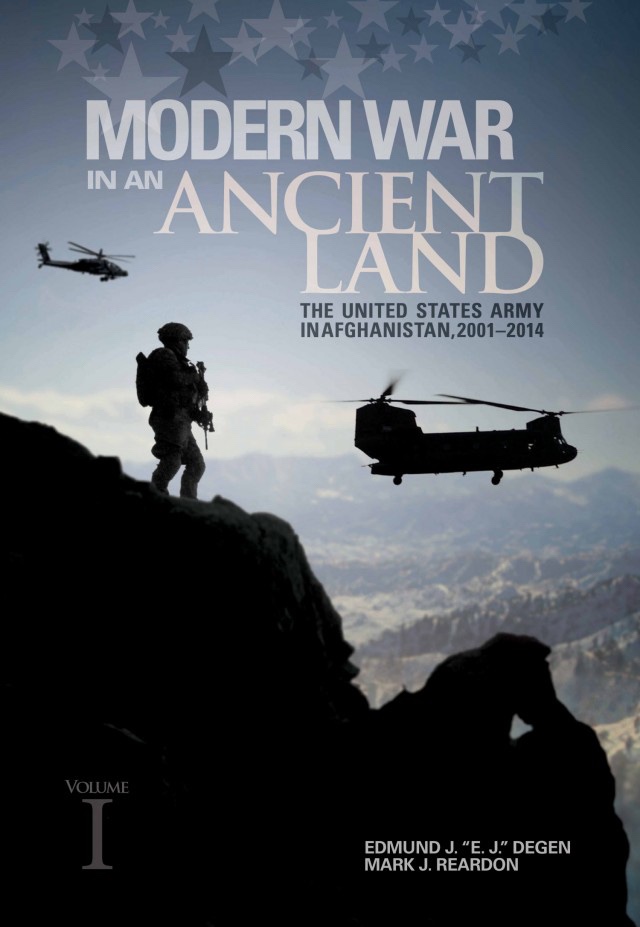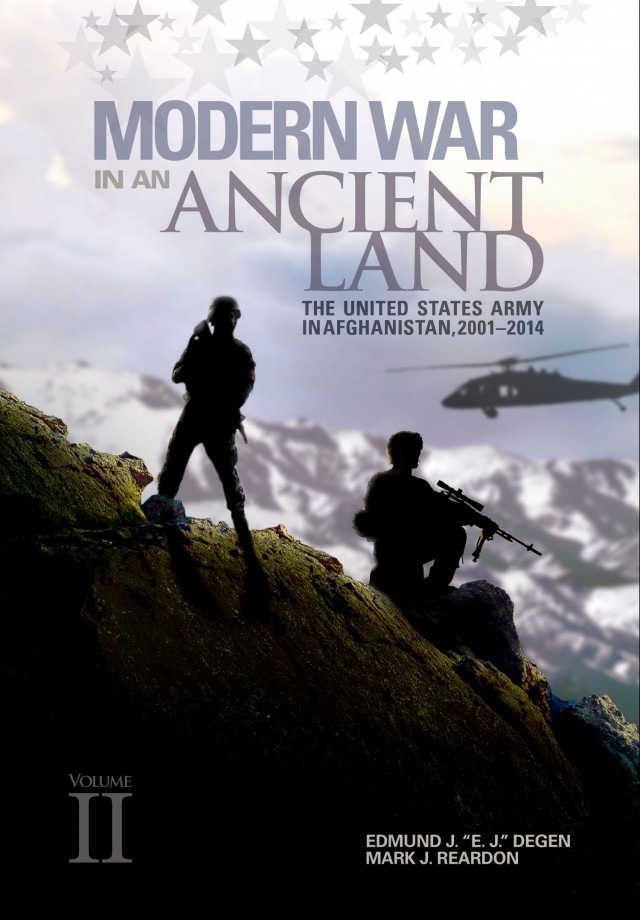
MAXWELL AIR FORCE BASE, Ala (AFNS) —
Air Force Chief of Staff Gen. CQ Brown, Jr. recently signed the service’s first doctrine publication on Agile Combat Employment, codifying a proactive and reactive operational scheme of maneuver to increase survivability while generating combat power throughout the integrated deterrence continuum.
Working with experts across the service, the Curtis E. LeMay Center developed Air Force Doctrine Note 1-21, Agile Combat Employment, to serve as the foundation of ACE operational doctrine. AFDN 1-21 provides guidance for Airmen to rapidly innovate and generate discussion across the force to develop new best practices.
“Rapid development of guidance is essential to accelerating change for our service and our Joint teammates,” said Maj. Gen. William Holt, LeMay Center commander. “This doctrine note represents another milestone in our ability to develop and leverage emerging doctrine.”
AFDN 1-21 will complicate and create dilemmas in an adversary targeting process while creating flexibility for friendly forces to achieve operational advantage. To deter and win, the core elements of ACE are Posture, Command & Control, Movement and Maneuver, Protection, and Sustainment.
“Future conflict will never look like wars of the past, and that is why we have to get after building multi-capable, strategically-minded Airmen today, so they can compete, deter, and win tomorrow,” said Chief Master Sergeant of the Air Force JoAnne S. Bass. “AFDN 1-21 presents, in doctrine, expeditionary and multi-capable Airmen capable of accomplishing tasks outside of their core Air Force specialty to provide combat support and combat service support to ACE force elements.
Our adversaries around the globe have increasing capabilities to hold our main operating bases at risk. Peer adversaries have achieved rapid technological advancement in small-unmanned aircraft systems as well as cruise, ballistic, and hypersonic missiles. This, combined with a reduction of overseas operating locations, means the Air Force can no longer consider MOBs as sanctuaries from attack. The Air Force must adapt to this new paradigm to maintain a combat effective force. Airmen should expect to conduct operations at a speed, scope, complexity, and scale exceeding recent campaigns from distributed locations.”
In order to update the doctrine, the development team will use current best practices to improve future information.
“Over the last year, we have reaped several benefits by taking this same doctrine development approach with the Air Force’s role in Joint All-Domain Operations resulting in AFDP 3-99,” said Lt. Col. Richard Major, Air Force Doctrine Development director. “I expect we will see the same for ACE as our Airmen use the doctrine note as a point of reference to help build new best practices we can then integrate into current doctrine and use to inform future doctrine.”
The LeMay Center serves as CSAF’s principal agent for doctrine, lessons learned and provides Air Force input to Joint doctrine. The center also assists in the development of concepts and strategy.
-Air University Public Affairs






















































































































